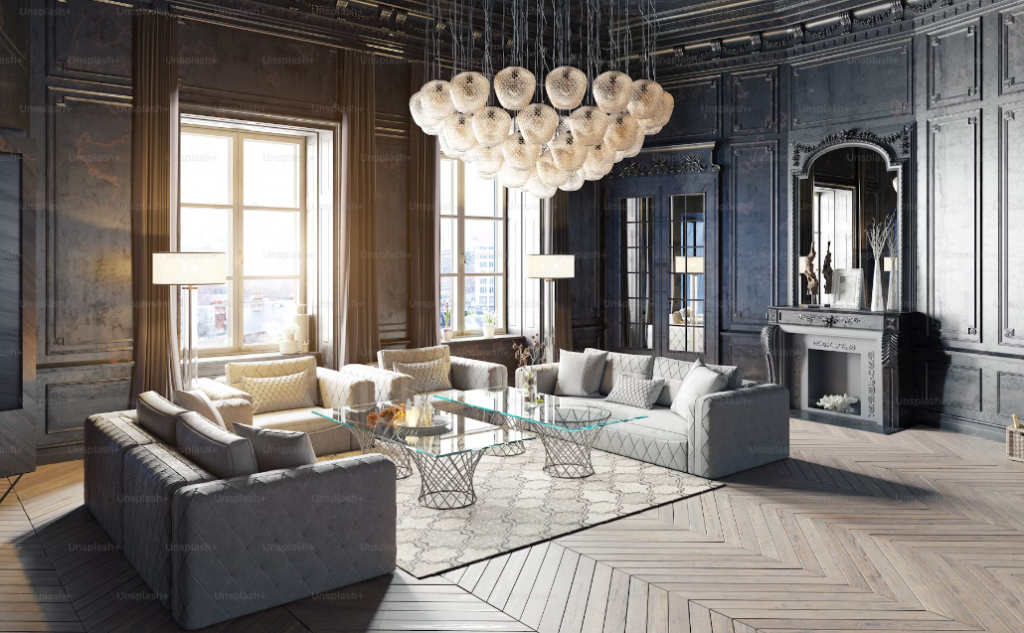Buying vintage and antique furniture is not just a decorative choice; it’s a reflection of your artistic taste. In this guide, we will explore how to successfully purchase vintage and antique furniture, from identifying authenticity to maintenance, helping you make informed decisions.

What Are Vintage and Antique Furniture?
What exactly are vintage and antique furniture? Vintage furniture typically refers to pieces from the mid-20th century to the 1980s, while antique furniture is defined as items over 100 years old. Understanding these definitions can aid you in making smarter purchasing decisions.
Benefits of Buying Vintage and Antique Furniture
There are numerous benefits to buying vintage and antique furniture. Firstly, the investment value is significant. High-quality antique furniture can appreciate over time, becoming a valuable asset. Additionally, each piece of vintage or antique furniture tells a unique story, adding individuality and charm to your space.
How to Determine Age and Authenticity
When purchasing vintage and antique furniture, determining its age and authenticity is crucial. Many antique pieces have manufacturer labels or marks on the bottom or inside. Familiarizing yourself with the marks of well-known manufacturers can help you identify genuine pieces. Also, examining the materials and craftsmanship is key; older furniture often uses solid wood and handcrafted details, whereas modern furniture may rely on synthetic materials.
Best Places to Buy Vintage and Antique Furniture
The best places to find vintage and antique furniture include antique markets and fairs. These venues offer a chance to find unique items and engage with sellers, gaining insights into the history of the pieces. Online auctions and second-hand websites have also become popular, providing access to furniture from around the world at competitive prices.
Maintenance and Care

Once you’ve purchased furniture, maintaining and caring for it is just as important. Use gentle cleaners and soft cloths to wipe down the pieces, avoiding harsh chemicals that could damage the finish. If restoration is necessary, consider consulting professionals to ensure the work doesn’t compromise the furniture’s historical value.
Common Misconceptions
Many misconceptions surround vintage and antique furniture. For instance, people often confuse high prices with high value. In reality, the price can be influenced by various factors, including market demand and current trends. Moreover, some believe that vintage furniture is merely decorative; in truth, many vintage pieces are functional as well, enhancing both aesthetics and practicality in your home.
Conclusion
In conclusion, purchasing vintage and antique furniture can be an exciting and meaningful endeavor. From investment potential to unique styles, these pieces can enrich your living experience. With this guide, we hope you feel more confident taking that first step towards your next vintage or antique furniture acquisition.

Frequently Asked Questions
- What should I look for when buying vintage furniture?
- When buying vintage furniture, it’s essential to pay attention to the overall condition, materials used, and any proof of authenticity.
- How can I identify counterfeit antique furniture?
- Checking the manufacturer’s label and analyzing craftsmanship details are effective ways to spot counterfeits.
- What materials are characteristic of vintage furniture?
- Vintage furniture typically features high-quality materials like solid wood, leather, and metal.
- How do I maintain my antique furniture?
- Regular cleaning and avoiding direct sunlight can significantly extend the life of your antique furniture.
- What are some popular styles of vintage furniture?
- Popular vintage furniture styles include mid-century modern, rustic, and industrial designs.
